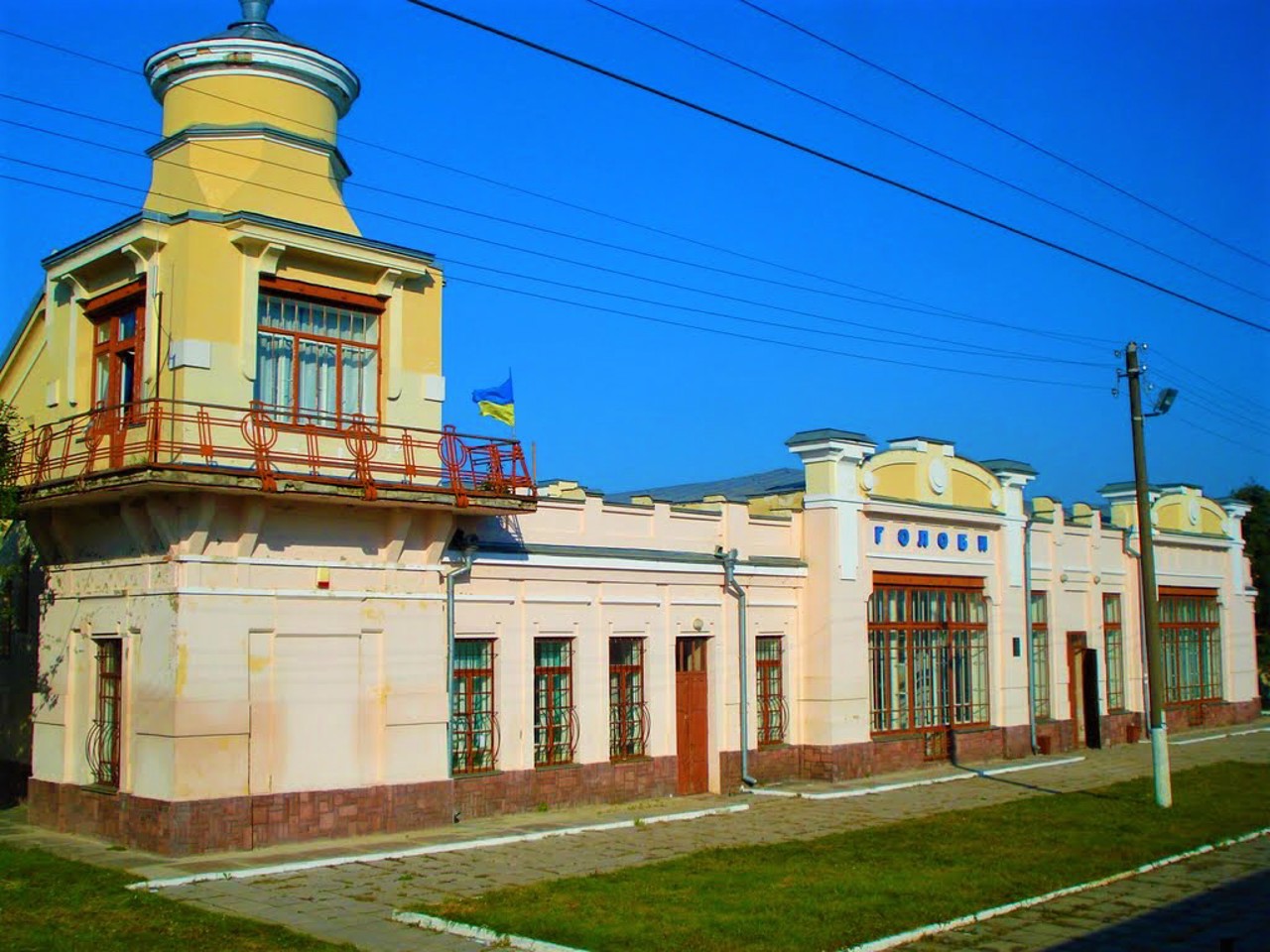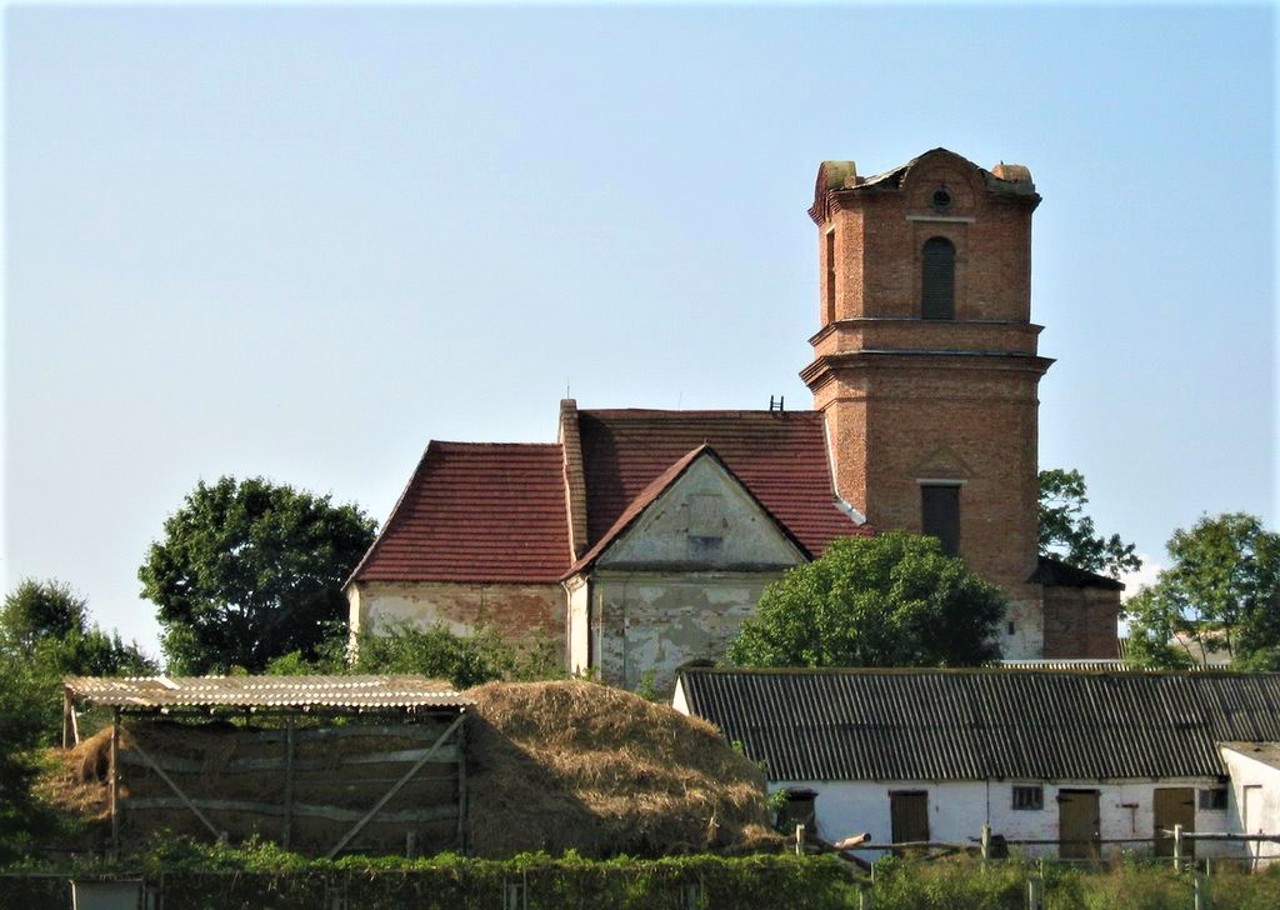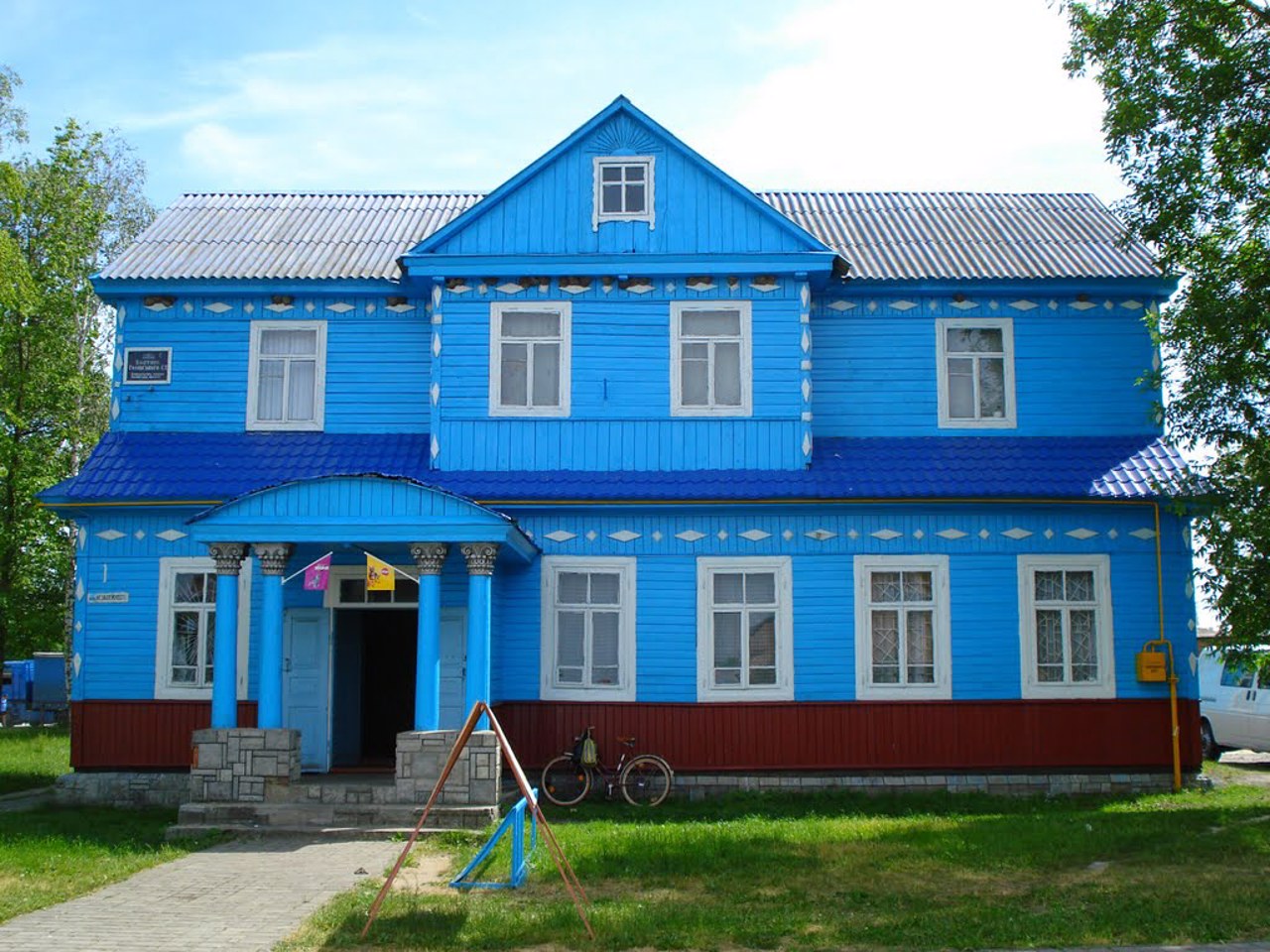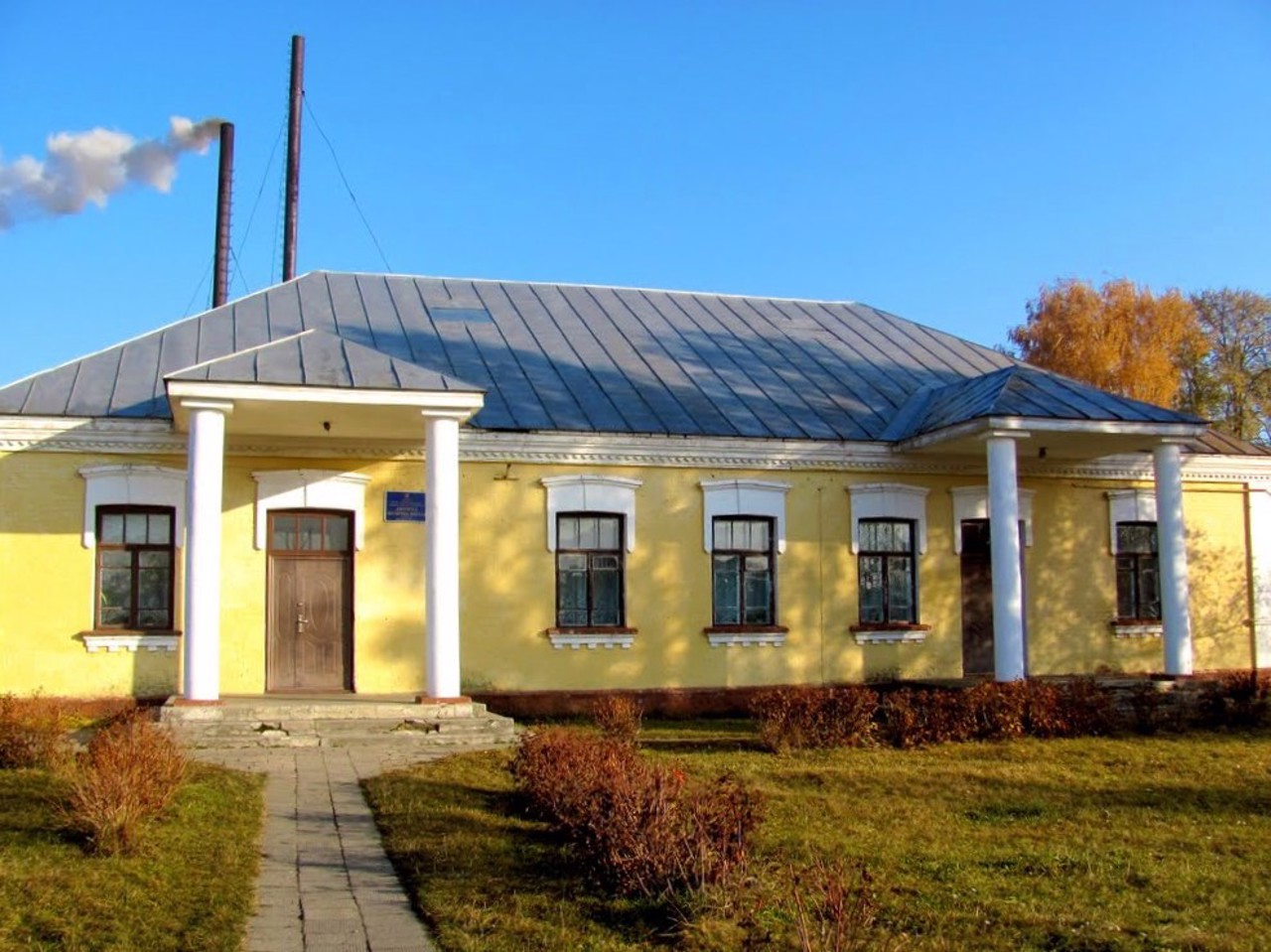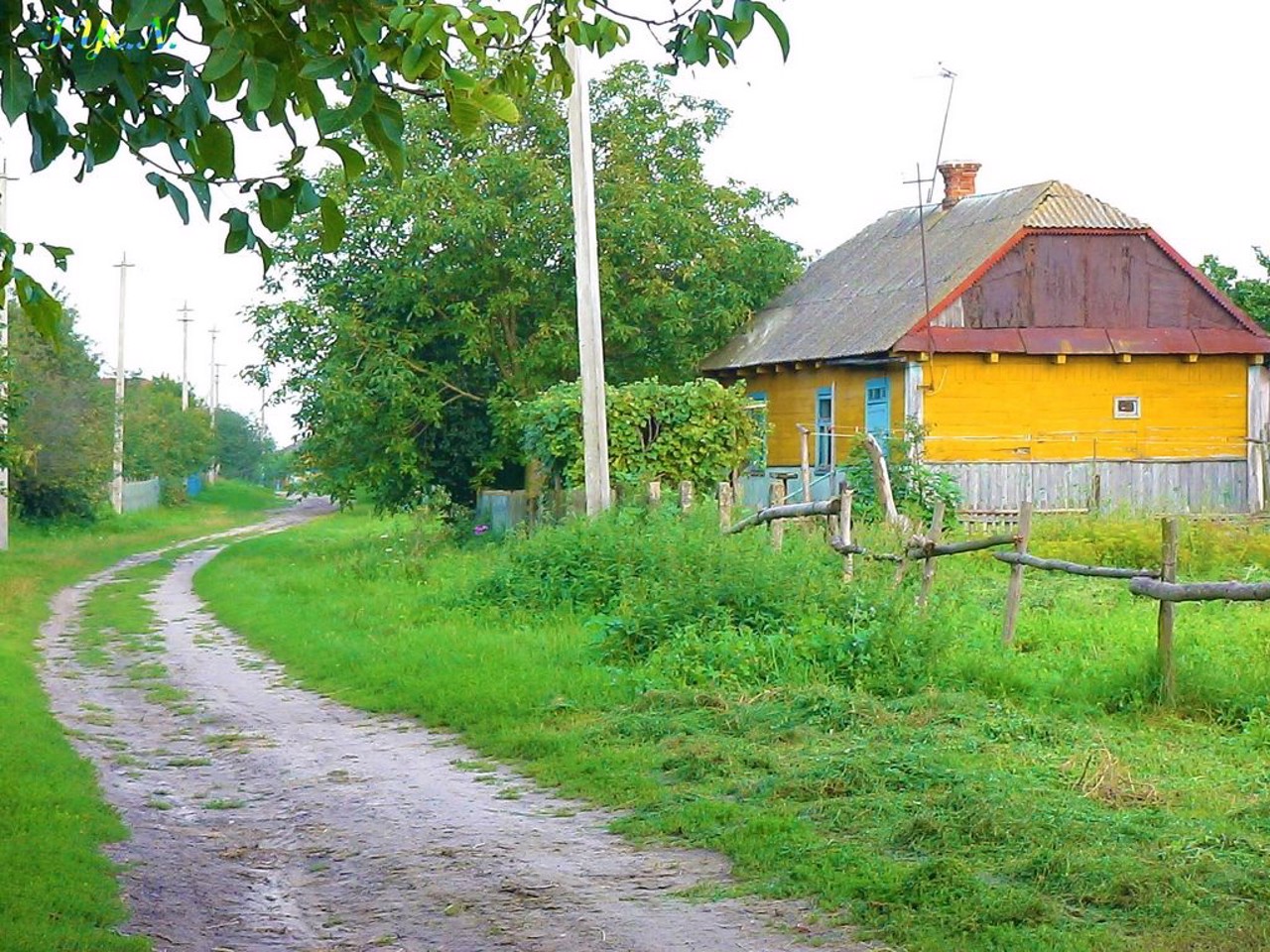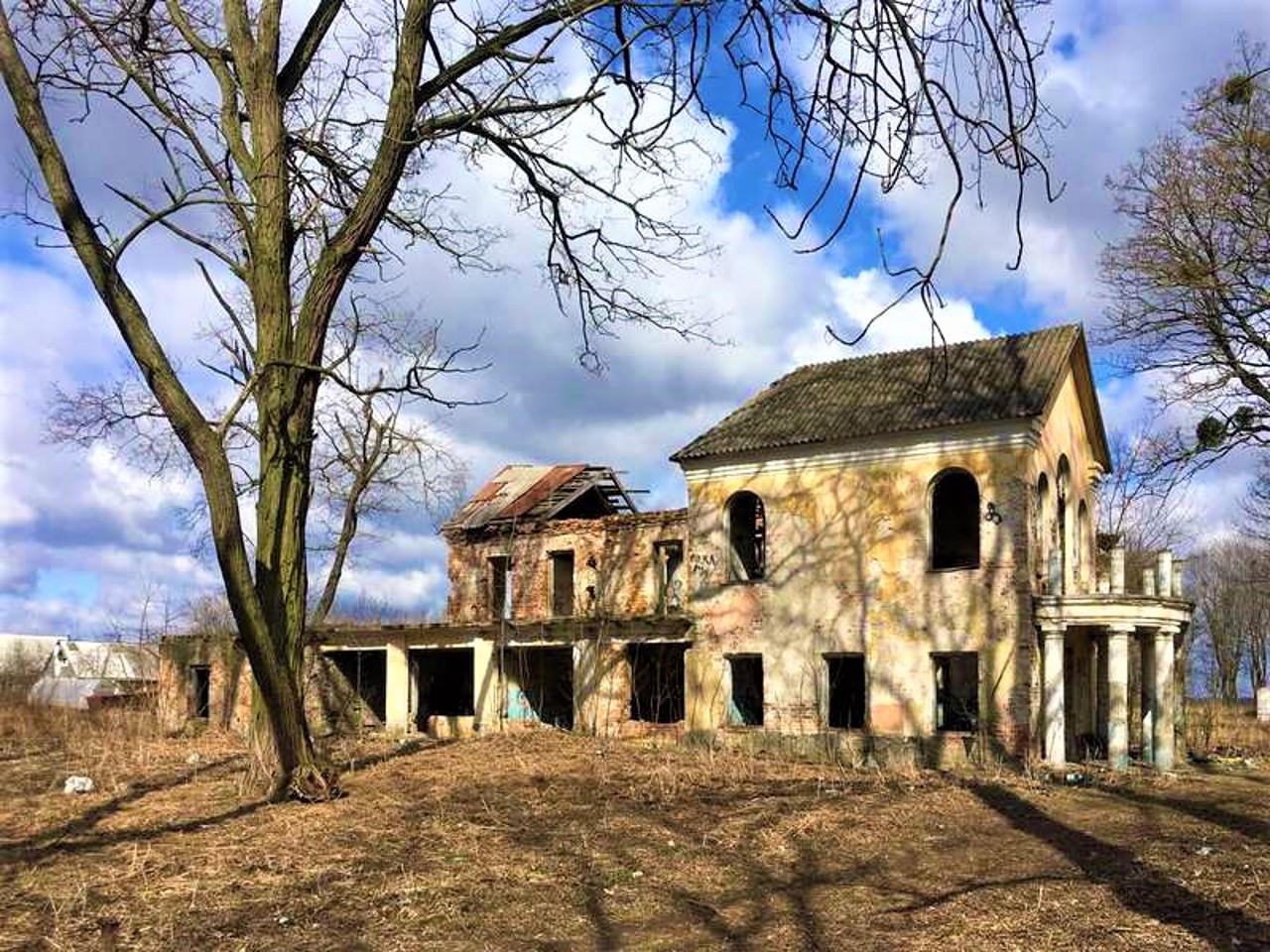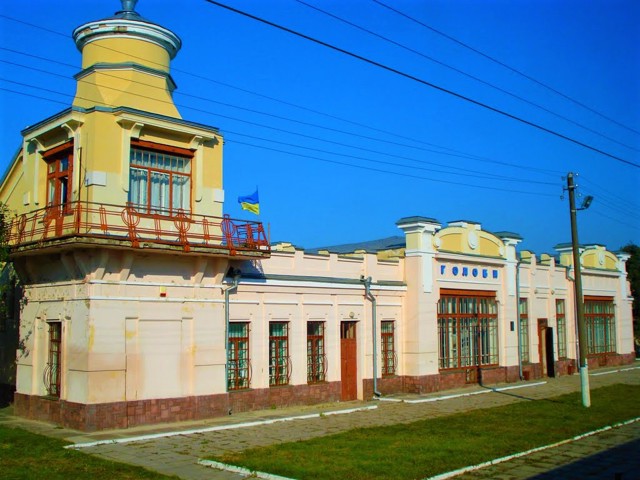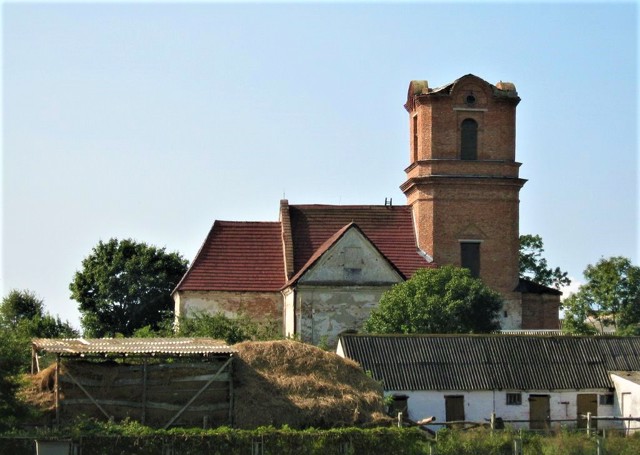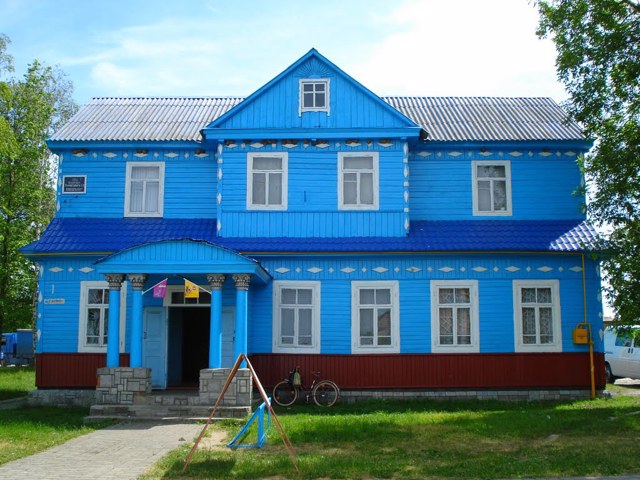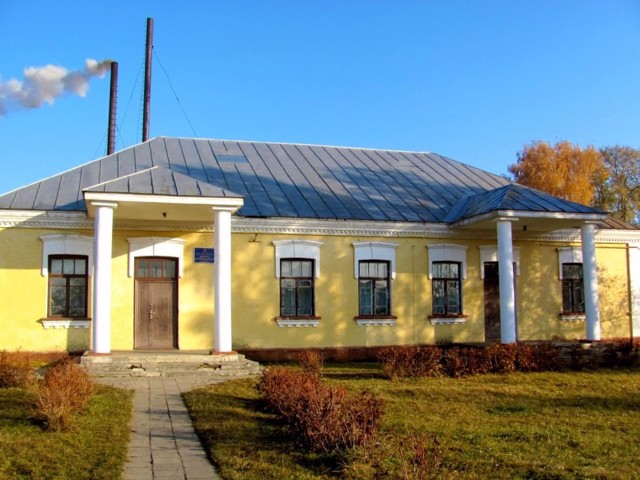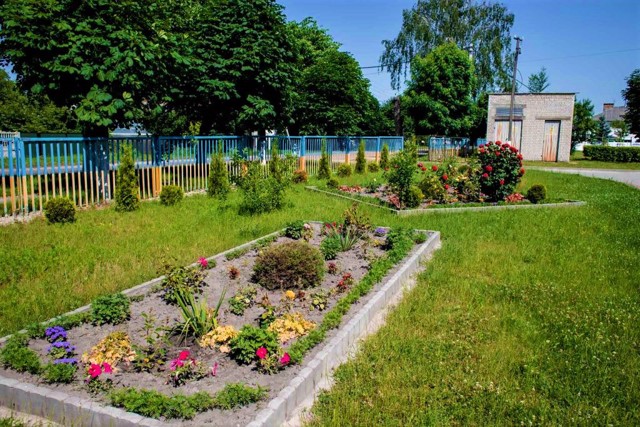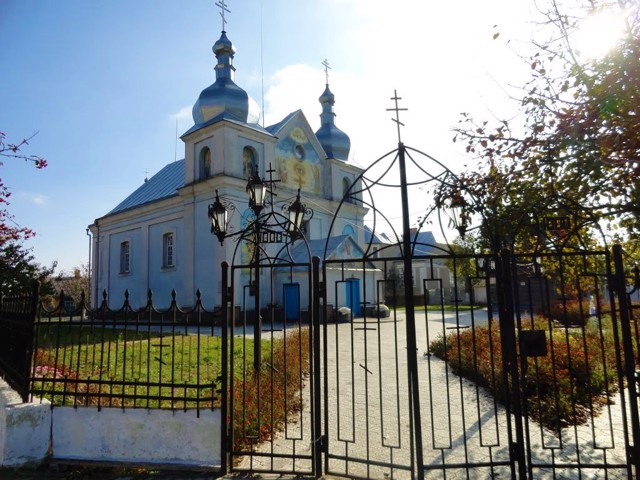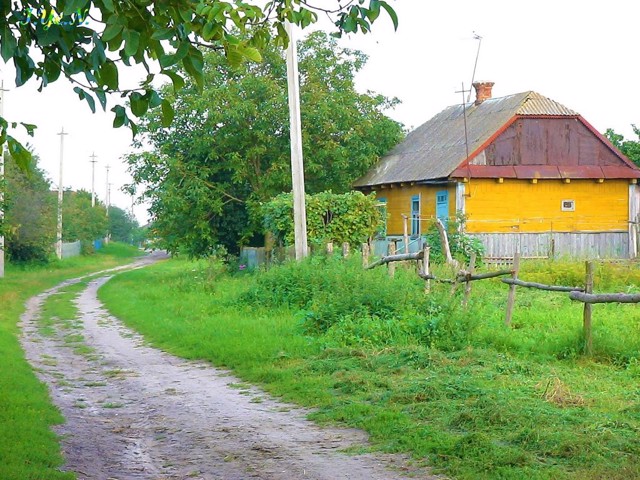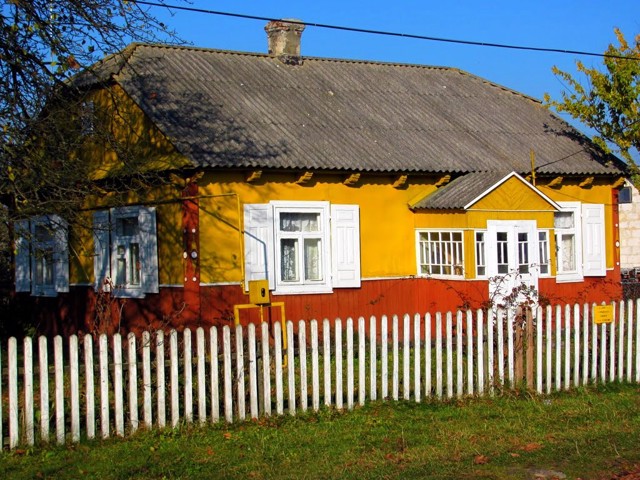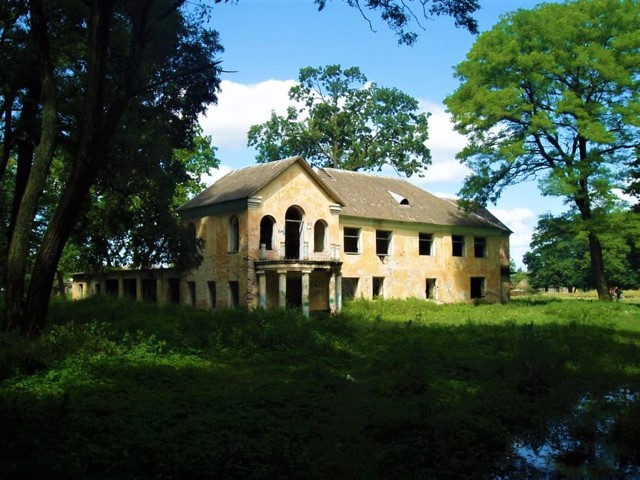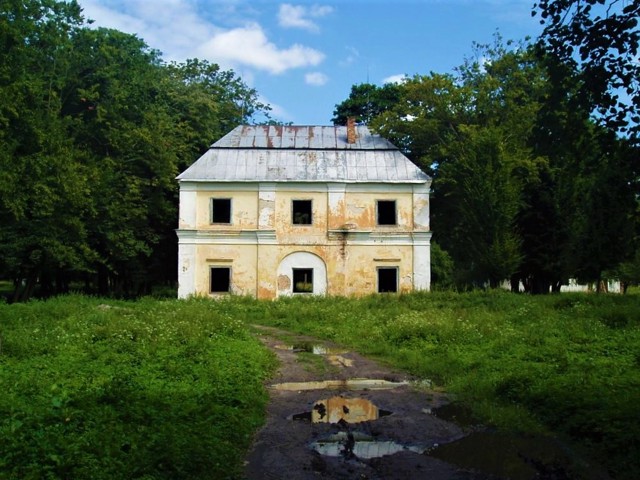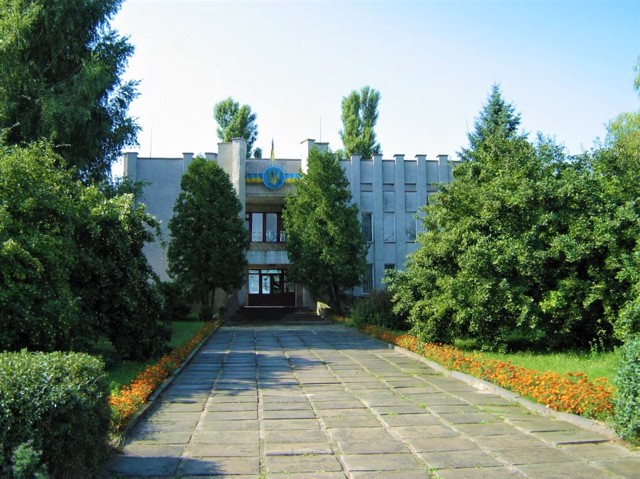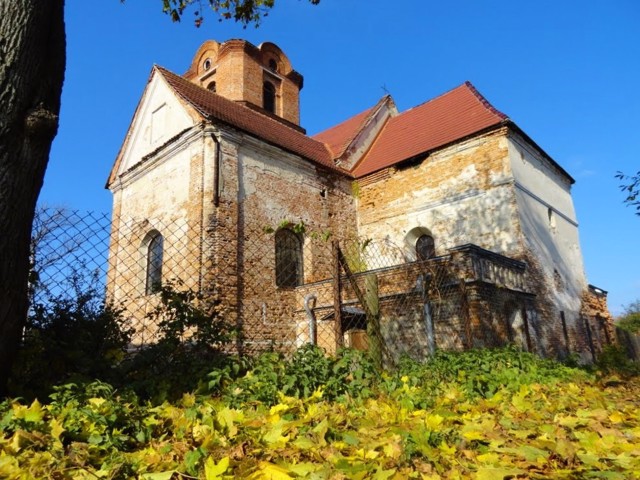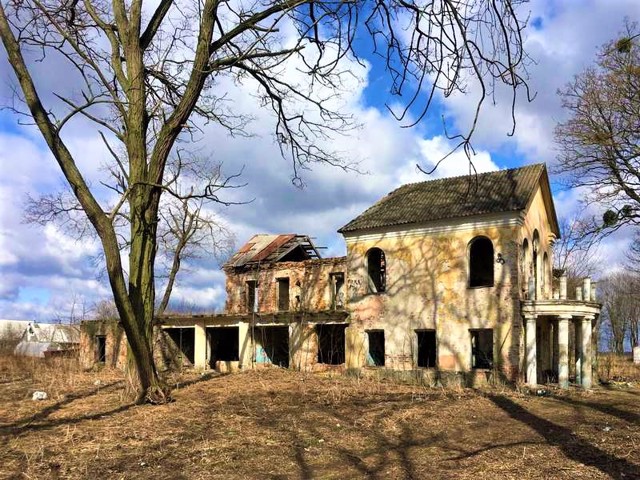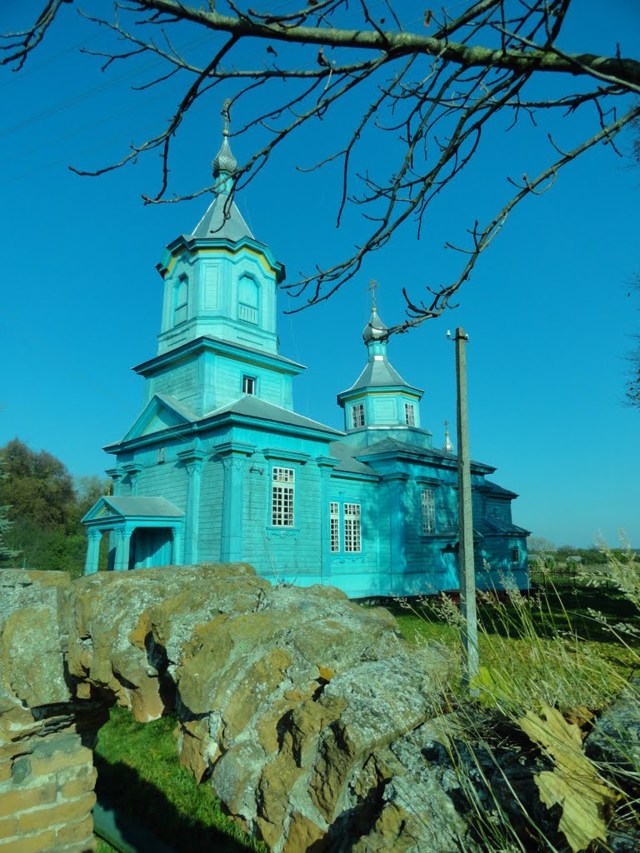Functional temporarily unavailable
General information about Holoby
The town of Holoby is located on the Kovel-Lutsk highway.
Known since 1544 as the settlement of Holovba, the property of Queen Bona Sforza, the wife of Polish King Sigismund I. The name most likely comes from the word "holovba" (timber wagons), although there is also a more exotic version: allegedly, the evil landlord ordered the hair of the wine peasants to be cut ( Ukrainian - "to shave the forehead").
Having changed several famous owners, in the 17th century Holoby ended up in the possession of the Yaruzelsky magnates, who in 1711 began the construction of the St. Michael's Church. In 1783, the next owners of the estate from the magnate family of the Vilgis (Potoskyi relatives) built the Greek-Catholic St. George's Church opposite the chur ...
The town of Holoby is located on the Kovel-Lutsk highway.
Known since 1544 as the settlement of Holovba, the property of Queen Bona Sforza, the wife of Polish King Sigismund I. The name most likely comes from the word "holovba" (timber wagons), although there is also a more exotic version: allegedly, the evil landlord ordered the hair of the wine peasants to be cut ( Ukrainian - "to shave the forehead").
Having changed several famous owners, in the 17th century Holoby ended up in the possession of the Yaruzelsky magnates, who in 1711 began the construction of the St. Michael's Church. In 1783, the next owners of the estate from the magnate family of the Vilgis (Potoskyi relatives) built the Greek-Catholic St. George's Church opposite the church (both churches have been preserved), and also established a manor with a park.
The grand manor gate of the 18th century and the later palace, built at the beginning of the 20th century on the site of a burnt manor house, have been preserved.
Селище Голоби розташоване на трасі Ковель-Луцьк.
Відоме з 1544 року як поселення Головби, власність королеви Бони Сфорца, дружини польського короля Сигізмунда I. Назва швидше за все походить від слова "головби" (лісовози), хоча є і більш екзотична версія: нібито, злий поміщик наказував вистригати волосся винних селян ( українською - "голити лоби").
Змінивши кілька іменитих власників, в XVII столітті Голоби опинилися у володінні магнатів Ярузельських, які в 1711 році почали будівництво костелу Святого Михайла. Наступні власники маєтку з магнатського роду Вільгів (родичів Потоцьких) в 1783 році побудували навпроти костьолу греко-католицьку Георгіївську церкву (обидва храми збереглися), а також заклали садибу з парком.
Збереглися парадні садибні ворота ...
Селище Голоби розташоване на трасі Ковель-Луцьк.
Відоме з 1544 року як поселення Головби, власність королеви Бони Сфорца, дружини польського короля Сигізмунда I. Назва швидше за все походить від слова "головби" (лісовози), хоча є і більш екзотична версія: нібито, злий поміщик наказував вистригати волосся винних селян ( українською - "голити лоби").
Змінивши кілька іменитих власників, в XVII столітті Голоби опинилися у володінні магнатів Ярузельських, які в 1711 році почали будівництво костелу Святого Михайла. Наступні власники маєтку з магнатського роду Вільгів (родичів Потоцьких) в 1783 році побудували навпроти костьолу греко-католицьку Георгіївську церкву (обидва храми збереглися), а також заклали садибу з парком.
Збереглися парадні садибні ворота XVIII століття і більш пізній палац, збудований на початку XX століття на місці згорілого садибного будинку.
Сплануй своє перебування у Holoby
What to see and where to go in Holoby
Tourist attractions and museums of Holoby
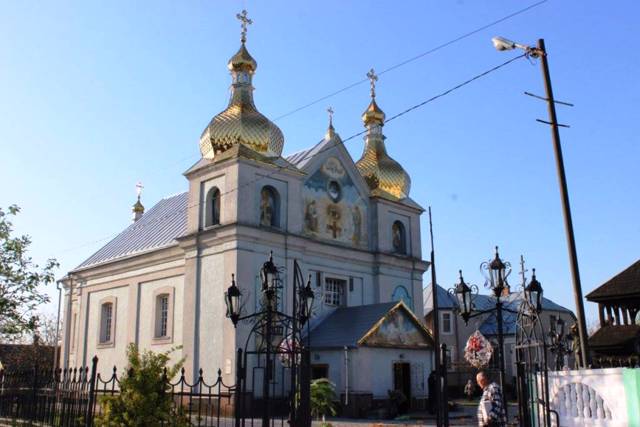
Saint George Church
Temple , Architecture
Saint George's Church in Holoby is a monument of the transitional type from baroque to classicism with a traditional wooden bell tower in the forms of folk architecture of Volyn.
The church was built as a Greek-Catholic church in 1783 at the expense of magnate Lyudvik Vilha. In 1885, the tiled roof was replaced with an iron one. The church is brick, plastered, single nave, with a pentagonal apse and two towers on the western facade. The towers are two-story, finished with onion domes. Covered with a wooden ceiling in the 19th century, which replaced the original vaults.
To the southwest of Ssint. George's Church, there is a two-story wooden bell tower. The first tier is chopped, the second is frame, in the form of an open circular arcade. Shingle roof. The composition of the belfry is typical of the Volyn wooden architecture of the XVII-XVIII centuries.
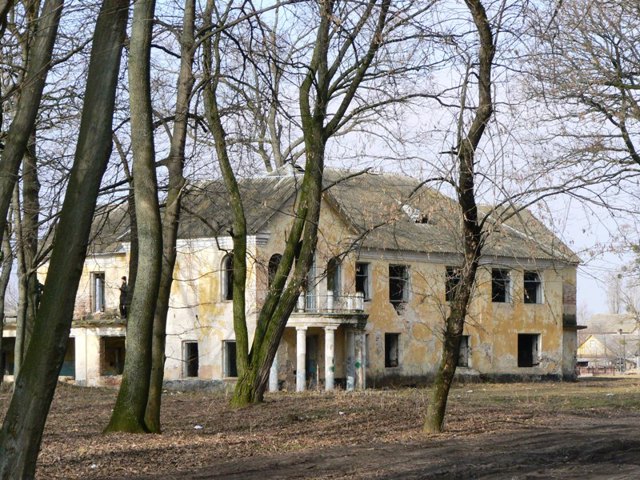
Vilha Manor
Palace / manor , Architecture
The park of the Vilha tycoons manor in Holoby is located right along the Kovel - Lutsk highway.
In the 18th century, Chernihiv voivode Lyudvik Vilha built his stately residence with a park, a menagerie and a brick fence here. In the depths of the park there is a complex-shaped palace, built at the beginning of the 20th century on the site of a burned-down manor house. Only the manor gate has survived from the original buildings of the manor.
During the reconstruction of the village, the park area was cut through by a street, and the entrance gate lost its direct purpose. The gate is brick, plastered, rectangular in plan, with an archway on the first floor (laid). They are covered with a hipped roof.
Not far from the Vilha Manor, on the other side of the street, there are two park sculptures of the 18th century, which are a clear example of Volyn's monumental sculpture.
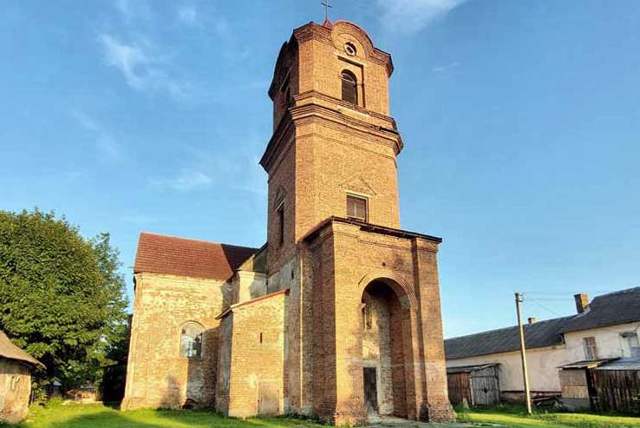
Archangel Michael Church
Temple , Architecture
The Church of Archangel Michael in Holoby was founded in 1711 (according to other sources - in 1700) by Podillya sub-starost Stefan Yaruzelskyi, completed at the expense of Yuzef Yaruzelskyi.
In 1783, Chernihiv voivode Lyudvik Vilha added two chapels to the church. 3 years later, Saint Michael's Church burned down due to a lightning strike. The same Lyudvik Vilha rebuilt it in 1793.
Initially, the one-nave building in the Baroque style received the plan of a cross after the completion of the chapels. The tempera painting of the walls and vaults was made in the 18th century by the famous artist Yuzef Prechtl.
During the First World War, the church was damaged, but in 1929-1930 of the 20th century, it was restored by the parishioners. In 1945, the Soviet authorities arranged a salt warehouse in the temple.
In 1997, the Church of Archangel Michael was returned to the Roman Catholics.
Reviews Holoby
Geographical information about Holoby
| {{itemKey}} | {{itemValue}} |
|---|---|
| Region |
Volyn |
